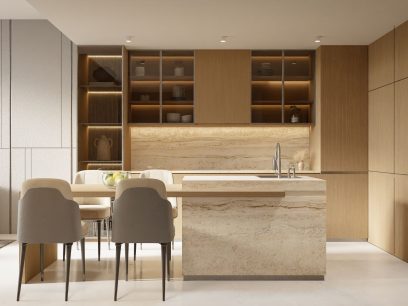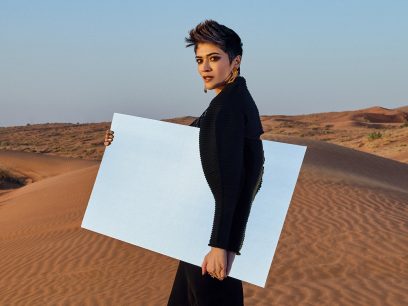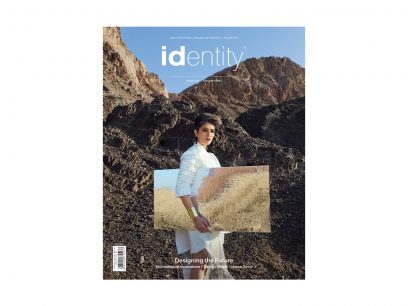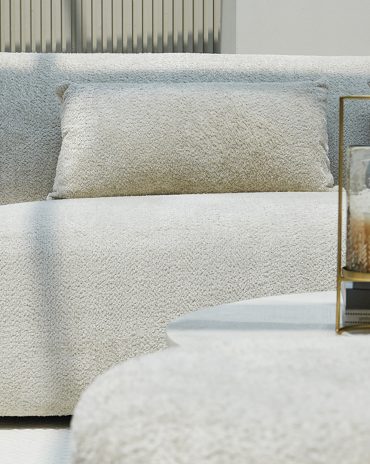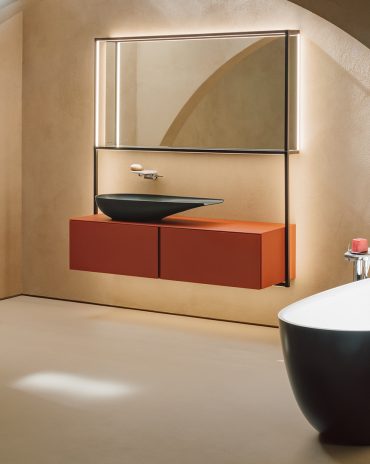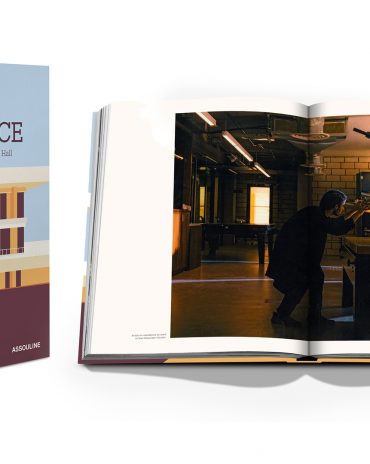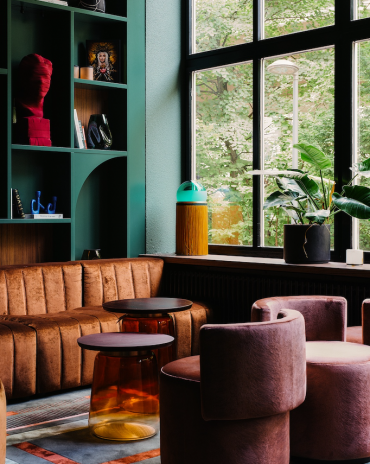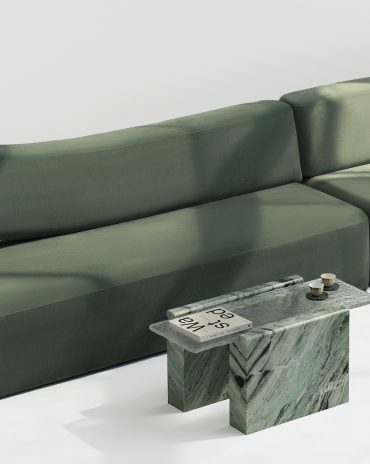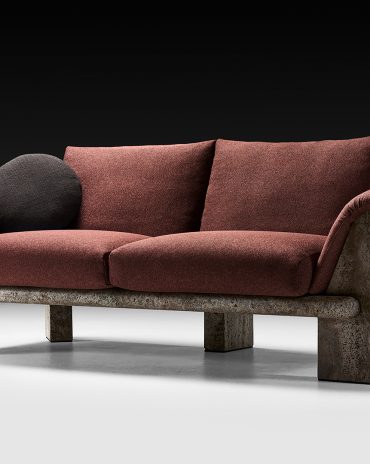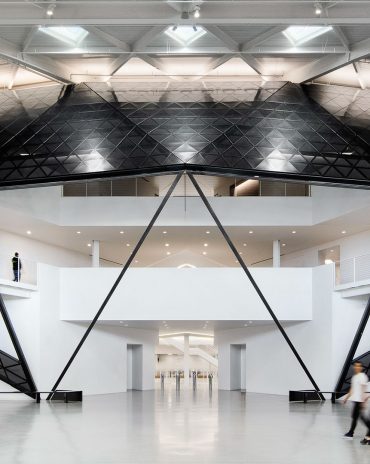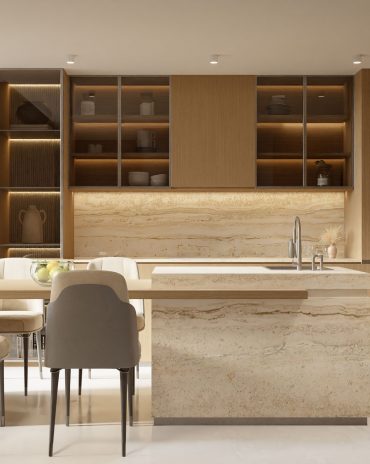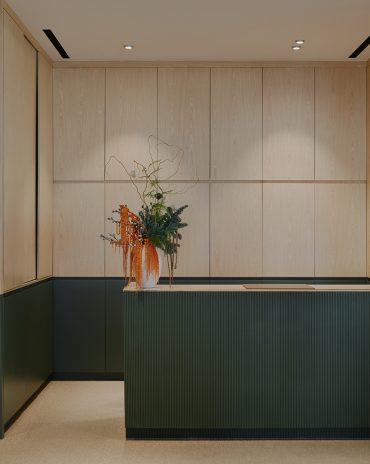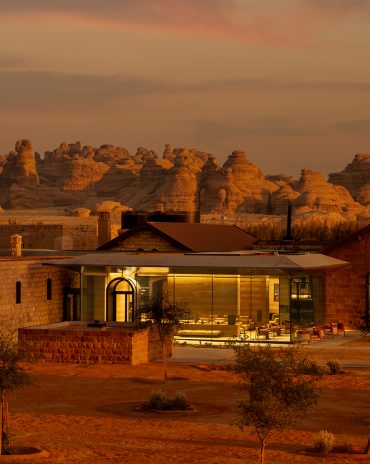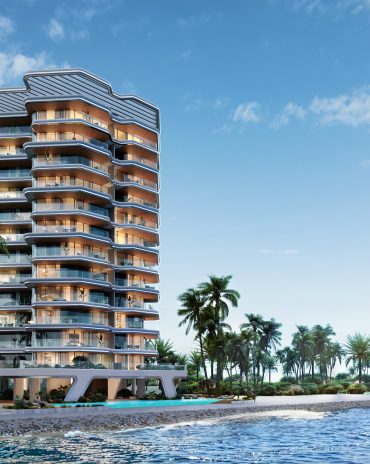Copyright © 2025 Motivate Media Group. All rights reserved.
Solum: Designing Simplicity and Self-Sufficiency
Near the South Indian city of Mysuru is Solum, a unique earth-sensitive family home designed by Thomas Parambil Architects
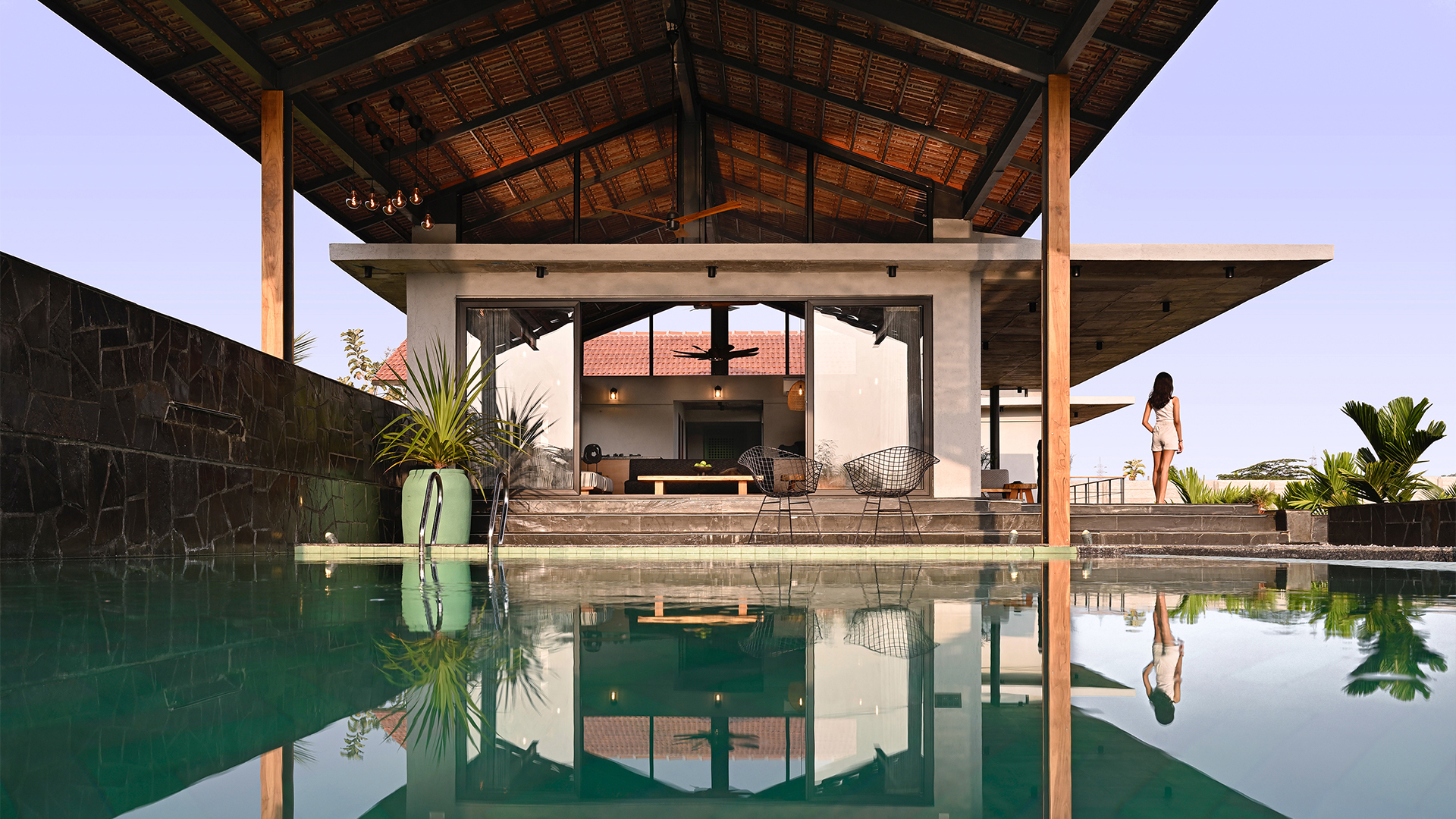
The endeavour, right from the outset, was to create an architectural presence that seemed to have taken root naturally in the coconut and Areca palm-studded lushness, rather than being something artificially placed or planted,” explains Thomas Parambil the Principal Architect behind the design of Solum, a striking 375-square metre single-storey family home in deep sympathy with the surrounding landscape. Solum is the realisation of one client’s dream to create a rural escape and a “living example” of an agricultural way of life for his children. “The COVID-19 pandemic served as a catalyst for this dream, when the need for such a getaway became crucial and relevant,” elaborates Parambil.
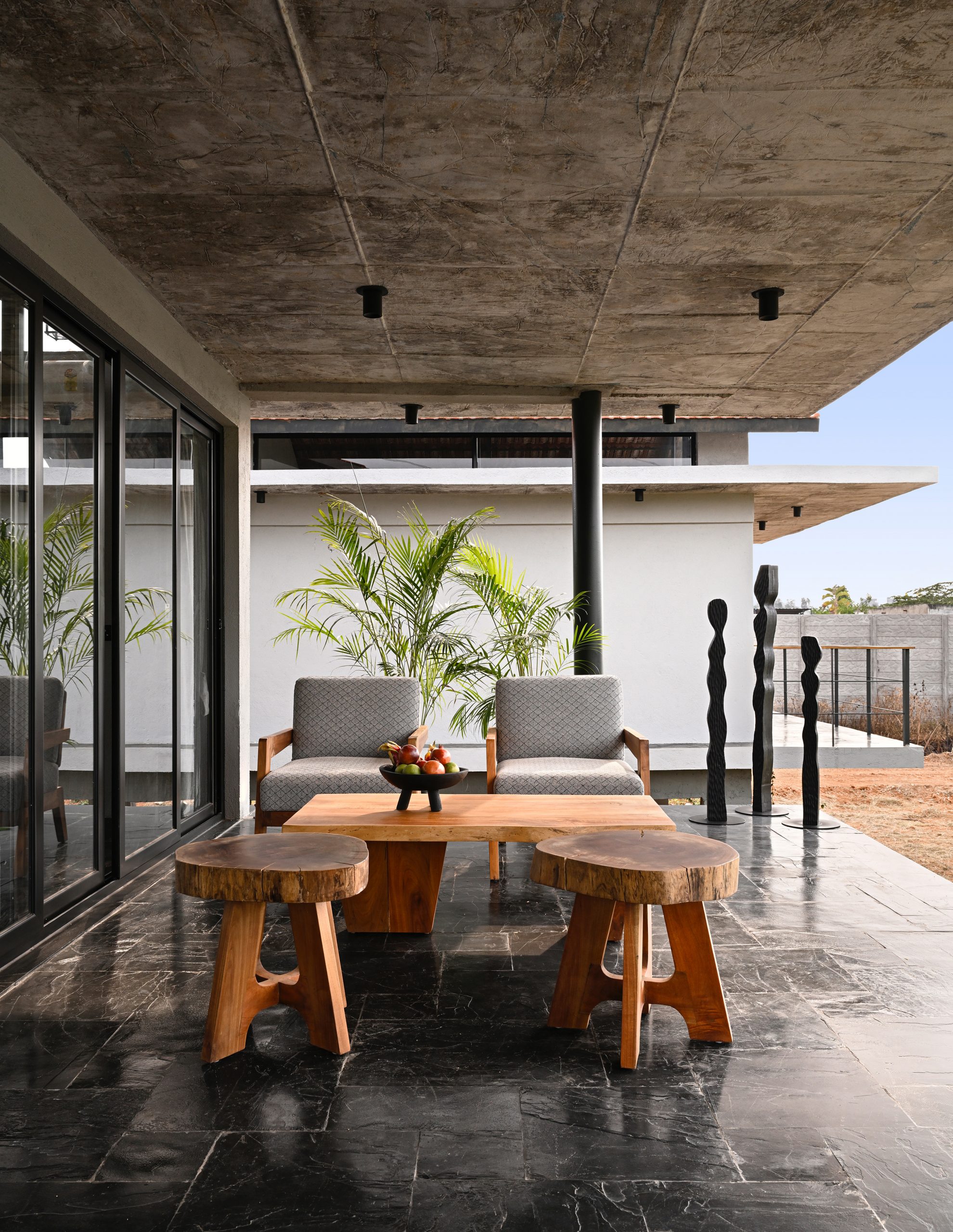
Solum embodies a new approach to traditional farmhouse living. The expansive property is characterised by a bold modernist aesthetic featuring extensive glazing, clean lines and an open structure. A dramatic angled roof acts as a visual nucleus as well as a practical canopy, sheltering the main deck and swimming pool. The roof makes, in Parambil’s words, “a bold visual and functional statement” and is one of the architect’s favourite aspects of the property. In many ways, this feature is symbolic of the project as a whole. Solum’s overall visual design is one of bold simplicity, with practicality and functionality at its heart. The large, open volumes and floor-to-ceiling windows are intended to create a porous framework that softens the boundaries between the house and its surroundings. This structure creates a space that is filled with light and air. The large windows frame picturesque and uninterrupted views, “making mornings especially beautiful”, according to Parambil. The deep overhangs and canopies supported by slim columns provide shade and shelter from tropical rainstorms.
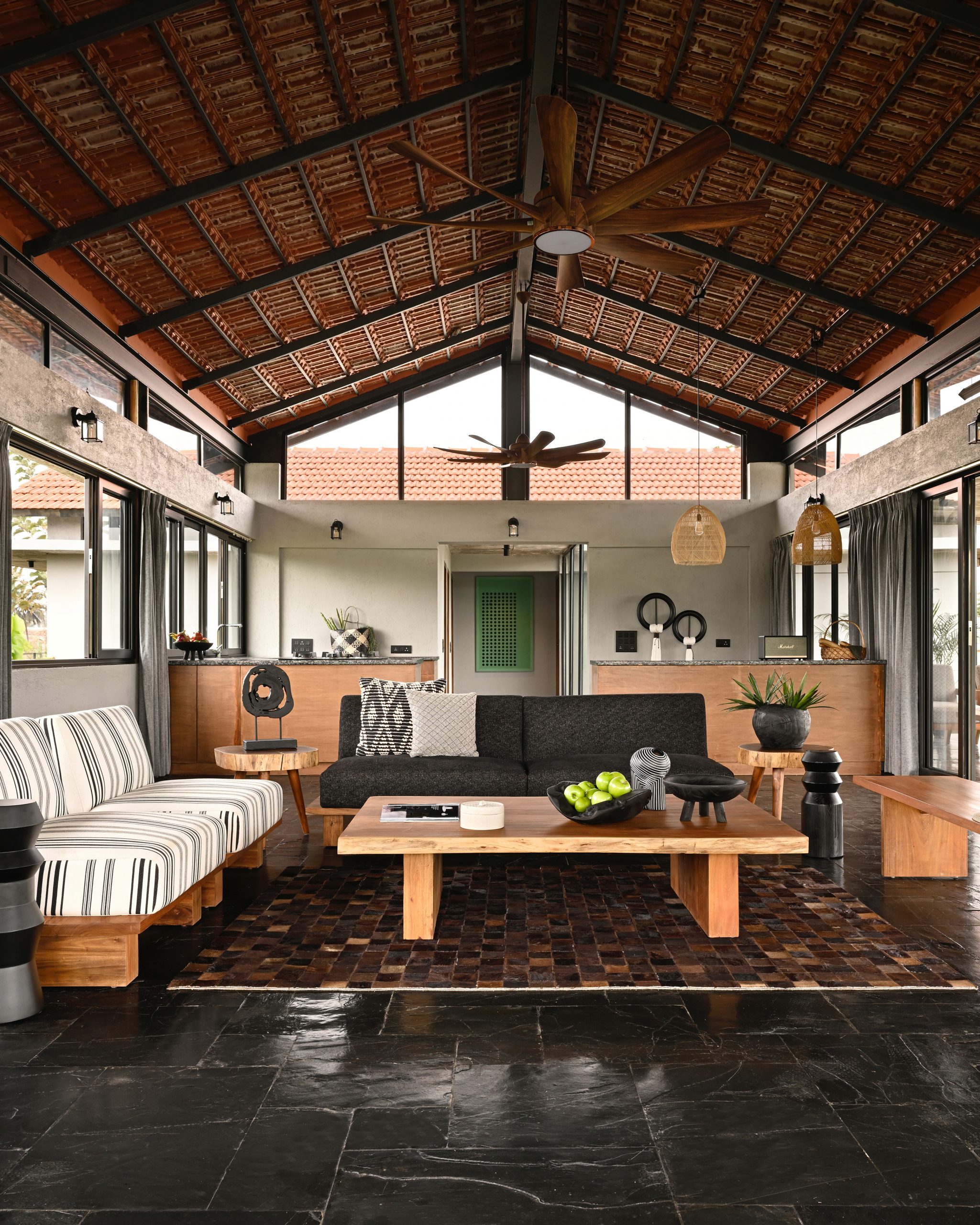
Sustainability is central to Solum’s design, and the family home is entirely self-sufficient. Solar panels have been installed across the property to generate electricity, and the site contains a system for collecting and storing its own water supply. The design team worked to maximise the site’s natural topography, building Solum on the lowermost point of the plot in order to create a natural catchment for rainwater. As Parambil explains, “We turned this challenging site constraint into an advantage by channelling water inlets from different parts of the plot into a canal which then flowed into a large tank.” In addition to the site’s energy efficiency, sustainability informed the choice of materials throughout the property. Locally obtained concrete blocks, terracotta and black stone are celebrated for their integrity and natural texture. “Sourced locally to adhere to this sustainable approach, materials are basic, honest and celebrate imperfections and rootedness,” Parambil explains. The spatial configuration of Solum emphasises communal areas, thereby promoting togetherness and interaction. For example, the continuous east-facing public zone comprises a pool deck, kitchen and living area. There is a focus on communing, both with nature and between inhabitants. Solum answers what Parambil describes as “the desire for a connection to place and an Earth-sensitive lifestyle.” The client’s fondness for the modesty and simplicity of a rural way of life has informed the design at every level, from the functionality of the built form to the natural colour palette and respectfully sourced materials.
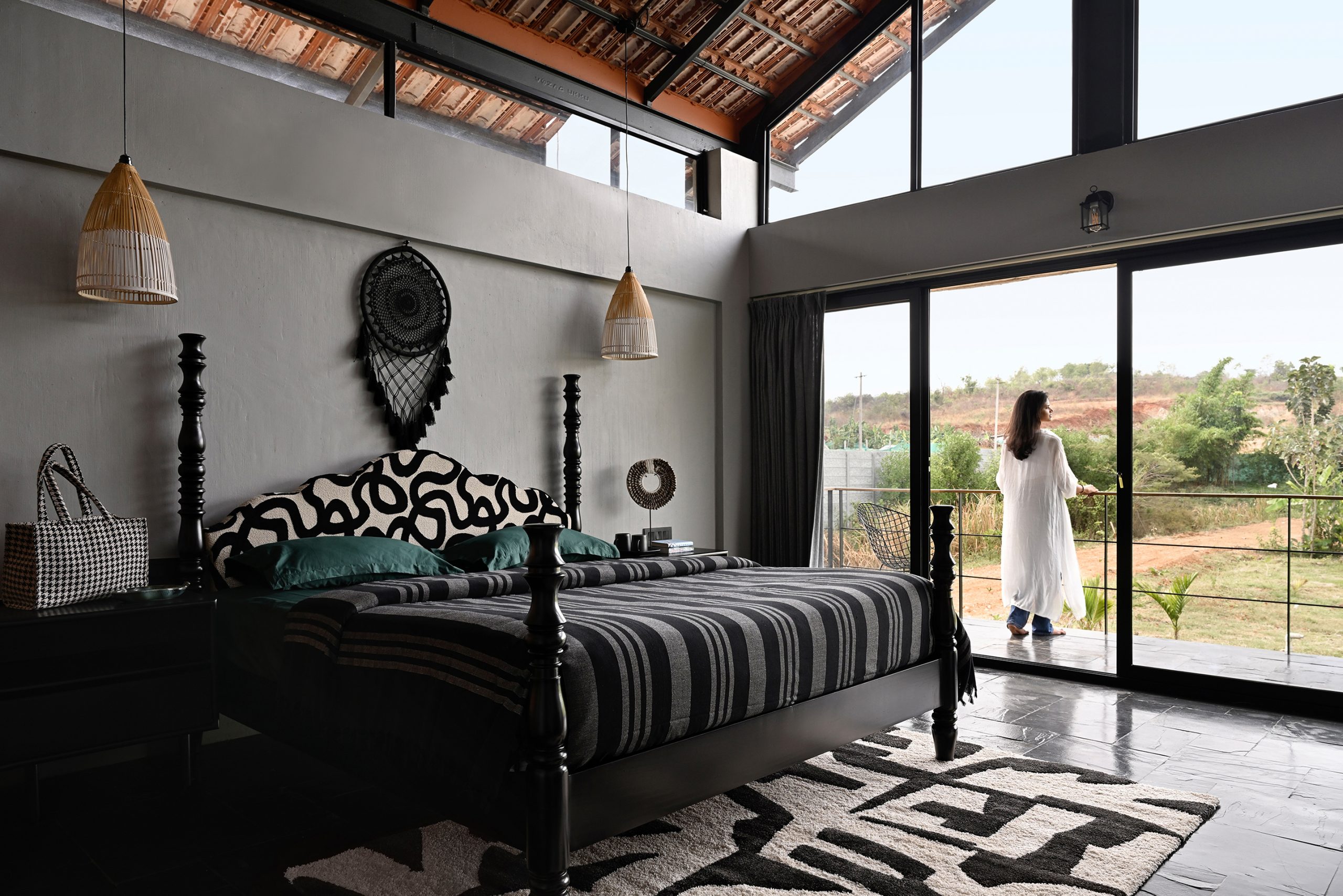
Solum represents a new outlook. As Parambil concludes, “This sustainable farmhouse symbolises a significant shift in how we perceive vernacular architecture, providing a progressive approach to embracing eco-friendly activities. It embodies a new age of farmhouse living that is both environmentally responsible and aesthetically appealing.”
Read more interior features here.
The Latest
Textures That Transform
Aura Living’s AW24 collection showcases the elegance of contrast and harmony
Form Meets Function
Laufen prioritises design, functionality and sustainability in its latest collections
Preserving Culture, Inspiring Creativity
Discover the Legacy of a Saudi Art Space: Prince Faisal bin Fahd Arts Hall explores the Hall’s enduring influence on the cultural fabric of Saudi Arabia
Channelling the Dada Spirit
Free-spirited and creative, The Home Hotel in Zurich injects a sense of whimsy into a former paper factory
id Most Wanted- January 2025
Falaj Collection by Aljoud Lootah Design
Things to Covet in January
identity selects warm-toned furniture pieces and objets that align with Pantone’s colour of the year
Shaping the Future of Workspaces by MillerKnoll
Stacy Stewart, Regional Director Middle East & Africa of MillerKnoll discusses the future and evolution of design in workspaces with identity.
Shaping Urban Transformation
Gensler’s Design Forecast Report 2025 identifies the top global design trends that will impact the real estate and built environment this year
Unveiling Attainable Luxury
Kamdar Developments has launched 105 Residences, a new high-end development in Jumeirah Village Circle.
The Muse
Located in the heart of Jumeirah Garden City, formerly known as ‘New Satwa’, The Muse adds to the urban fabric of the area
Cultural Immersion Meets Refined Luxury
The Chedi Hegra opens its doors in AlUla’s UNESCO World Heritage Site
Redefining Coastal Luxury
Sunshine Bay on Al Marjan island combines seaside views, exceptional design, and world-class amenities to create a unique waterfront haven


